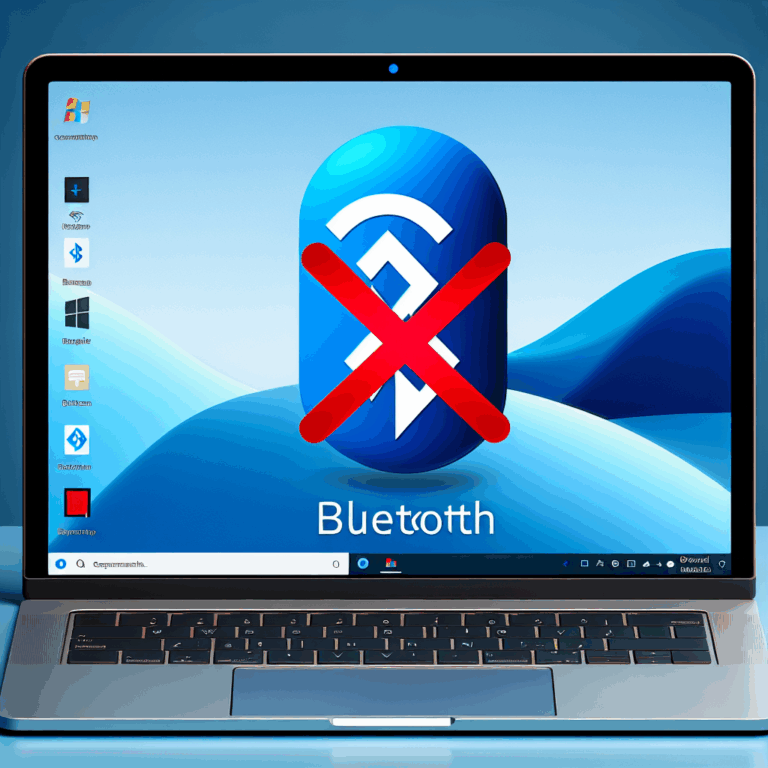Windows 11 Running Slow After Recent Update? Here’s Your Step-by-Step Fix
Has your Windows 11 installation started crawling after the latest update? You’re not alone. While updates are meant to improve stability and security, sometimes they introduce performance hiccups. In this post, we’ll walk you through a series of troubleshooting steps—proven by IT professionals—to get your PC back up to speed.
Why Your Windows 11 Might Be Running Slow
Before diving into solutions, it helps to understand some common reasons for degraded performance:
- Insufficient disk space or fragmented storage
- Outdated or incompatible drivers
- Too many startup programs consuming resources
- Background processes or malware
- Visual effects and animations taxing your CPU/GPU
Troubleshooting Steps
Step 1: Check Disk Space and Health
- Open File Explorer and right-click your system drive (usually C:). Choose Properties and ensure you have at least 15–20% free space.
- Go to the Tools tab and click Check under Error checking to scan for disk issues.
- Defragment and optimize drives by searching for Defragment in the Start menu and running the Optimize Drives tool.
Step 2: Update or Roll Back Device Drivers
- Press Windows + X and select Device Manager.
- Expand categories like Display adapters, Network adapters, etc. Right-click each item and choose Update driver.
- If performance dropped immediately after the update, right-click the problematic driver and choose Properties → Driver → Roll Back Driver.
Step 3: Disable Unnecessary Startup Programs
- Press Ctrl + Shift + Esc to open Task Manager.
- Go to the Startup tab and identify nonessential apps with high Startup impact.
- Right-click and choose Disable. Restart your PC to measure improvement.
Step 4: Verify Windows Updates and Uninstall Faulty Patches
- Go to Settings → Windows Update and click Check for updates to ensure you have all pending fixes.
- Click Update history → Uninstall updates to remove the most recent patch if you suspect it caused the slowdown.
Step 5: Scan for Malware and Unwanted Software
- Open Windows Security → Virus & threat protection and run a Full scan.
- Consider using a secondary anti-malware tool (e.g., Malwarebytes) for a deep clean.
- Uninstall any suspicious programs via Settings → Apps → Installed apps.
Step 6: Adjust Visual Effects for Best Performance
- Search for View advanced system settings in the Start menu.
- Under the Advanced tab, click Settings in the Performance section.
- Select Adjust for best performance or customize by disabling individual effects.
Step 7: Run the Built-in Performance Troubleshooter
- Go to Settings → System → Troubleshoot → Other troubleshooters.
- Find Program Compatibility Troubleshooter or related performance tools and click Run.
Step 8: Perform a System Restore or Reset if Needed
- If you created a restore point before the update, search for Create a restore point and click System Restore.
- As a last resort, go to Settings → System → Recovery → Reset this PC to reinstall Windows while keeping your files.
Conclusion
By following the steps above, you should notice a significant performance boost on your Windows 11 machine. Always keep backups of your important data, install updates selectively, and monitor your system after major changes. If issues persist, consult with a qualified IT technician to rule out hardware problems.
Did these steps help you? Leave a comment below or share your own tips for speeding up Windows 11!

